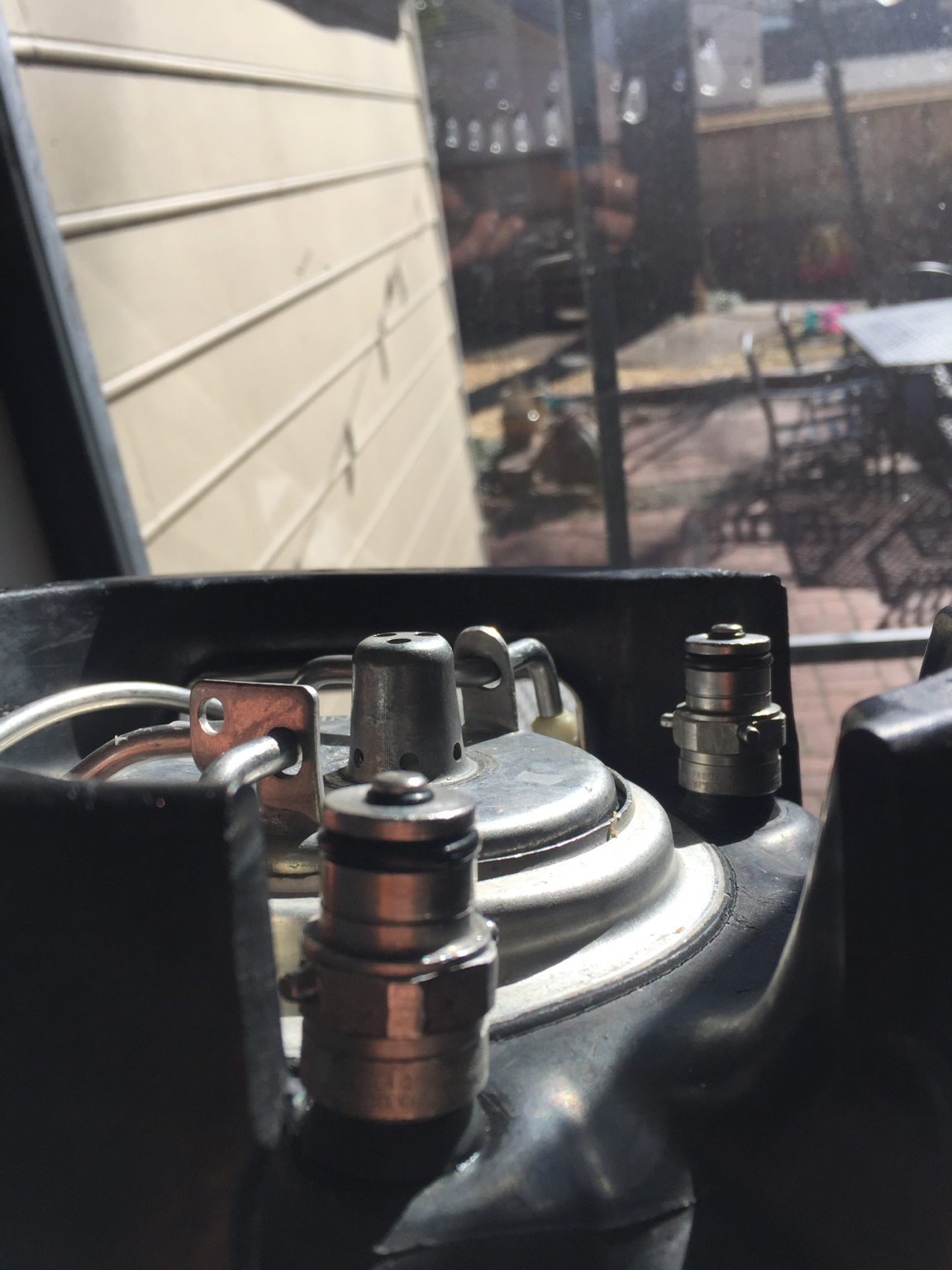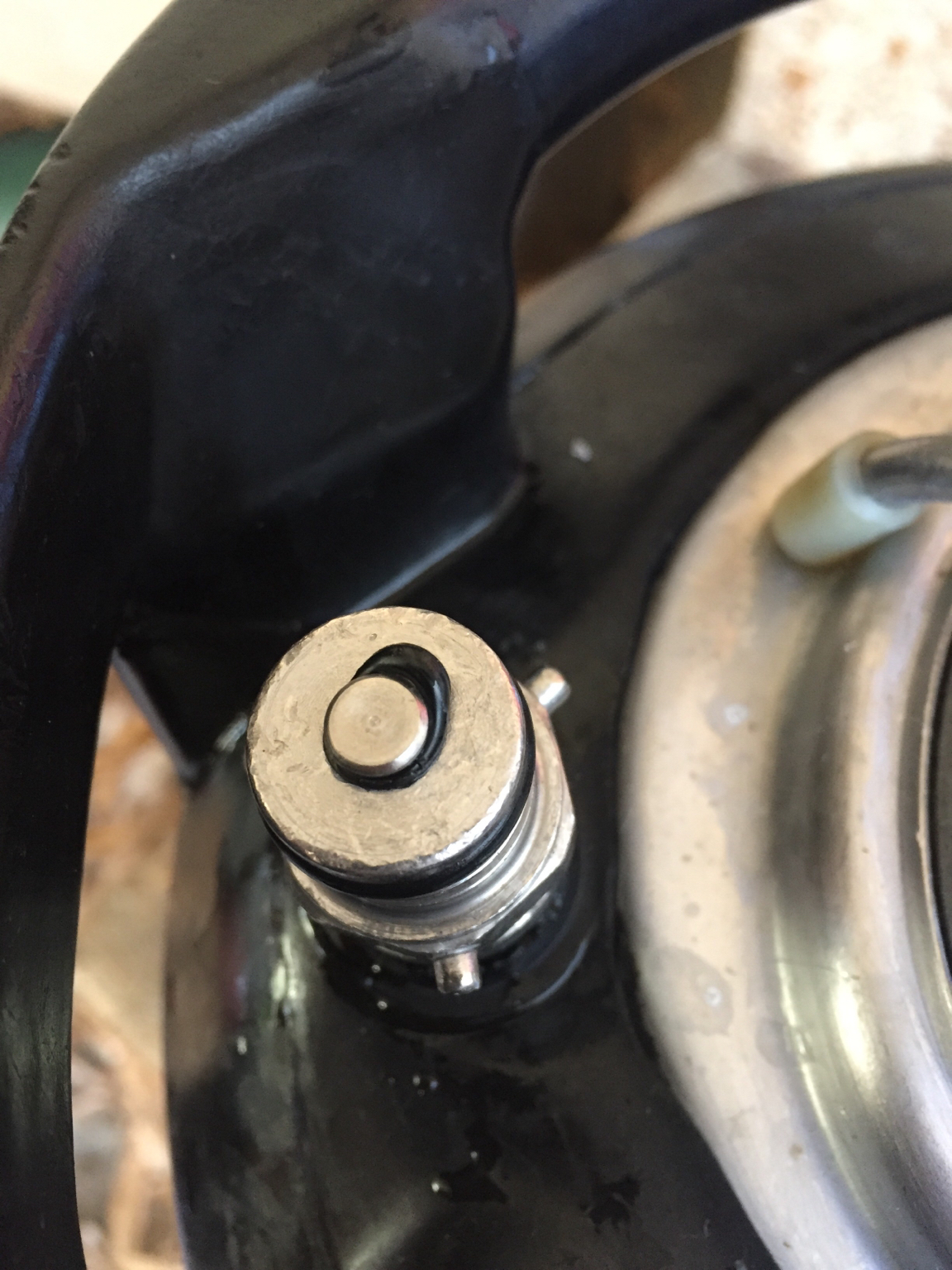I’m struggling with my new keg setup. I have a keezer that I serve from and most of my beer is coming out flat. I force carb, using the “set and forget” method. I’m using 10 psi at 40F and letting my beers carb at least two weeks before. I have referenced the literature for balanced systems and have 8.5 feet of 3/16” tubing for each faucet. The tube is coiled on top of each keg and completely enclosed in the cold keezer.
If I pour my beer “hard”, meaning flat into the glass, I get no head, little bubble formation and what does form dissipates very rapidly. Soon the beer is flat. I do currently have 1 keg that pours with head that last for an hour! The others, not so.
Could my o-rings be bad? Is there something else I’m missing? Out of ideas. Thanks!
If I pour my beer “hard”, meaning flat into the glass, I get no head, little bubble formation and what does form dissipates very rapidly. Soon the beer is flat. I do currently have 1 keg that pours with head that last for an hour! The others, not so.
Could my o-rings be bad? Is there something else I’m missing? Out of ideas. Thanks!





![Craft A Brew - Safale BE-256 Yeast - Fermentis - Belgian Ale Dry Yeast - For Belgian & Strong Ales - Ingredients for Home Brewing - Beer Making Supplies - [3 Pack]](https://m.media-amazon.com/images/I/51bcKEwQmWL._SL500_.jpg)





















































